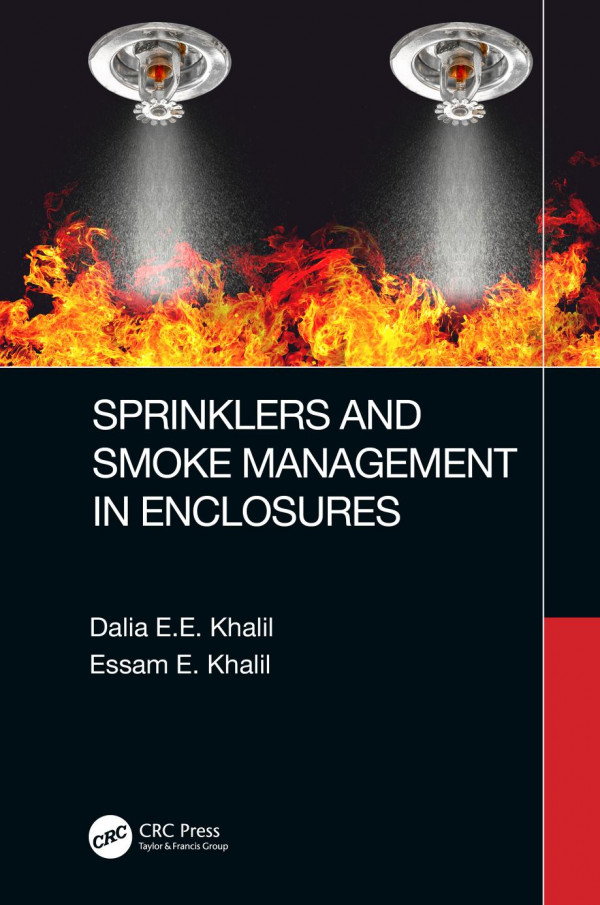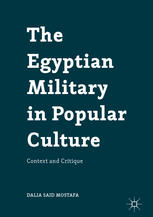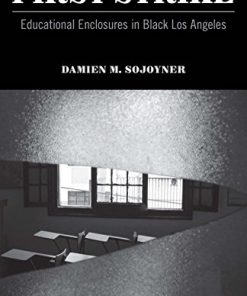Sprinklers and Smoke Management in Enclosures 1st Edition by Dalia Khalil, Essam Khalil ISBN 100006641X 9781000066418
$50.00 Original price was: $50.00.$25.00Current price is: $25.00.
Sprinklers and Smoke Management in Enclosures 1st Edition by Dalia E.E. Khalil, Essam E. Khalil – Ebook PDF Instant Download/Delivery: 100006641X, 978-1000066418
Full download Sprinklers and Smoke Management in Enclosures 1st Edition after payment

Product details:
ISBN 10: 100006641X
ISBN 13: 978-1000066418
Author: Dalia E.E. Khalil, Essam E. Khalil
Sprinklers and Smoke Management in Enclosures 1st Table of contents:
1. Introduction 1.1 Sprinklered Car Parks
1.2 Smoke Control
1.2.1 Underground Car Park Smoke Control
1.3 Hazards of Building Fire
1.3.1 Convected Heat
1.3.2 Radiant Heat
1.3.3 Toxic Gases
1.3.4 Smoke Obscuration
1.4 Elements of Fire and Smoke Management Systems
1.4.1 Jet Fans
1.4.2 Sprinkler System
1.4.2.1 Wet Pipe System
1.4.2.2 Dry Pipe System
1.4.3 Detection System
1.4.3.1 Smoke Detectors
1.5 Objectives of the Present Book
2. Ventilation and Smoke Management 2.1 General Overview
2.2 Ventilation and Smoke Management Systems
2.2.1 Smoke Ventilation Systems
2.2.2 Natural Ventilation Systems
2.2.3 Mechanical Ventilation Systems
2.3 Sprinkler Activation Effect
2.4 Design Approach
2.5 Hydraulics of Sprinklers
2.6 Concluding Remarks
3. Governing Equations 3.1 Major Components of the CFD Code
3.2 Governing Equations
3.2.1 Mass and Species Transport
3.2.2 Momentum Transport
3.2.3 Energy Transport
3.2.4 Equation of State
3.2.5 LES Approach
3.3 Visibility
3.4 Evacuation of Agents
3.4.1 Human Movement Model
3.4.2 Fire and Human Interaction
3.5 Combustion (Mixture Fraction Model)
3.6 Radiation (Radiation Transport Equation)
3.7 The Heat Conduction Equation for a Solid
3.8 Radiation Heat Transfer to Solids
3.9 Convective Heat Transfer to Solids
3.10 Specified Heat Release Rate
4. Methodology, Results, and Discussion 4.1 Introduction
4.2 Grid Sensitivity
4.3 Assessment and Validation
4.3.1 Fire Source
4.3.2 Smoke Temperature Measurements
4.3.2.1 Plume Temperature Measurements
4.3.2.2 Smoke Temperature Measurements
4.4 Computational Results for Design Options
4.4.1 Geometry
4.4.2 Boundary Conditions and Input Data
4.4.2.1 The Mesh
4.4.2.2 Smoke Management System
4.4.2.3 Car Fire
4.4.2.4 Sprinkler System
4.4.3 Simulated Base Cases
4.4.4 Results of Base Cases
4.4.4.1 Impulse Ventilation System without Sprinkler Modeling (Case S1a)
4.4.4.2 Impulse Ventilation System with Sprinkler Modeling (Case S1b)
4.4.4.3 Ducted System without Sprinkler Modeling (Case S2a)
4.4.4.4 Ducted System with Sprinkler Modeling (Case S2b)
4.5 Discussion and Conclusion for Base Cases
5. Proposed Design Options 5.1 Design Option 1: Installation of Sprinklers Below the Smoke Layer
5.1.1 Design Option 1a: With Impulse Ventilation System
5.1.1.1 Jet Fan Performance Study
5.1.1.2 Jet Fans in Series Study
5.1.1.3 Effect of Distance between Jet Fans on Visibility at a Vertical Plane
5.1.1.4 Effect of Distance between Jet Fans on Visibility in the Horizontal Plane at Occupants’ Level
5.1.1.5 Effect of Distance between Jet Fans on Temperature at Occupants’ Level
5.1.2 Results of Design Option 1a
5.1.3 Design Option 1b: With Ducted System
5.1.4 Results of Design Option 1b
5.1.5 Design Option 1: Discussion and Conclusions
5.2 Design Option 2: Increasing Sprinklers Operating Pressure
5.2.1 Design Option 2 Input Data
5.2.2 Results of Design Option 2
5.2.3 Discussion and Conclusion of Design Option 2
5.3 Design Option 3: Application of Fire Decay Curve
5.3.1 Application of ASHRAE Fire Curve Decay Equation
5.3.1.1 Stages of Fire Development
5.3.1.2 Sprinkler Effect on HRR (Heat Release Rate)
5.3.1.3 Sequence of Operation
5.3.2 Results of Design Option 3: Ducted Exhaust System
5.3.3 Results of Design Option 3: Impulse Ventilation System
5.3.4 Design Option 3: Discussion and Conclusions
6. Design of Complex Smoke Management Systems 6.1 Atrium Design
6.1.1 Atrium Model Description
6.1.2 Fire Description
6.1.3 Design Cases
6.1.4 Effect of Using Exhaust Fans for Smoke Extraction
6.1.4.1 Effect of Make-Up Air Velocity
6.1.4.2 Effect of Make-Up Air Inlet Height
6.1.5 General Remarks
6.2 Design of Smoke Management for Car Service Centers
6.2.1 Visibility
6.2.2 Temperature
6.2.3 Air Speed
7. Conclusions and Recommendations for Future Work 7.1 Fire Curve Modeling
7.2 Smoke Management System Modeling
7.3 Sprinkler System Modeling
7.4 Proposed Future Work
People also search for Sprinklers and Smoke Management in Enclosures 1st:
sprinklers and more mobile al
commercial sprinkler contractors
does smoke make sprinklers go off
fire sprinkler o&m manual
omni sprinkler service and landscaping
Tags:
Dalia Khalil,Essam Khalil,Sprinklers,Smoke,Management,Enclosures 1st
You may also like…
Romance - Contemporary Romance
Pretty Little Savage Sick Boys Book 1 1st Edition by Lucy Smoke ISBN B08JF17HGV 9798676276188
Children's Books
Fiction - American Fiction
Politics & Philosophy - Social Sciences
Uncategorized
Designing Electronic Product Enclosures 1st edition by Tony Serksnis 9783319693958 3319693956
Romance - Contemporary Romance
Natural Born Killers Sick Boys 3 1st Edition by Lucy Smoke ASIN B08RHDG3RV












